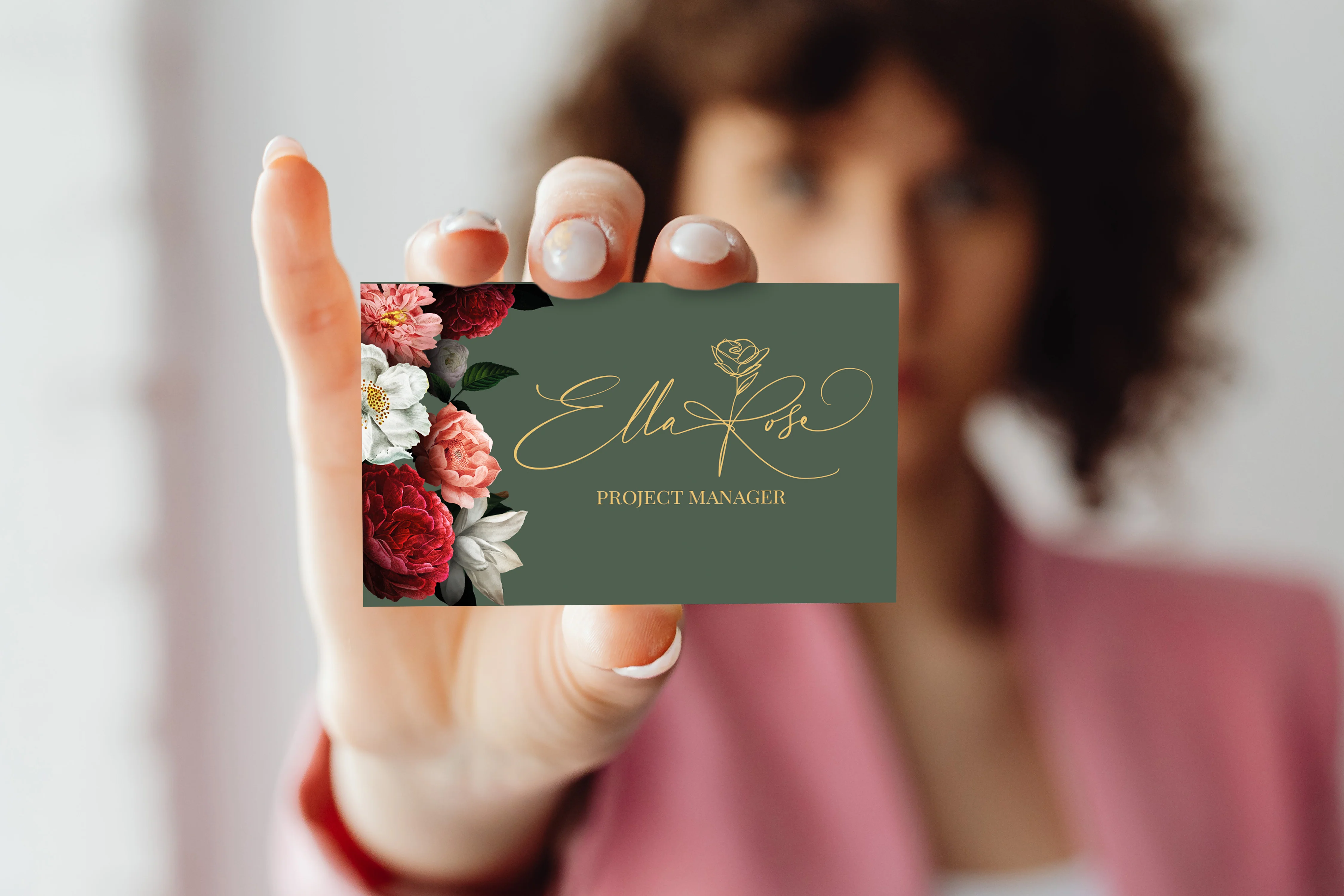The Evolution of Networking: Why You Should Switch to Digital Business Cards
-
NFC Splash Cards
-
September 6, 2024
Introduction:
Networking has always been a cornerstone of professional growth, but the way we connect has evolved dramatically. Enter the digital business card—an innovative tool that combines convenience, sustainability, and advanced features into one sleek package. In this blog, we’ll dive into why digital business cards are taking over, how to create one, and what you need to know to make the most of this modern networking tool.
1. What Are Digital Business Cards?
Digital business cards are electronic versions of traditional business cards. They can be shared via smartphones, emails, or QR codes, and often include interactive elements like clickable links, multimedia, and real-time updates. Unlike paper cards, digital cards are dynamic and versatile, offering a richer experience for both the holder and the recipient.
2. The Advantages of Digital Business Cards:
- Eco-Friendly: By opting for digital business cards, you contribute to reducing paper waste and minimize your environmental impact.
- Cost-Effective: No need for expensive printing costs or reprints. Update your details instantly without additional charges.
- Interactive Features: Include clickable links to your website, social media profiles, or portfolios. Add multimedia elements such as videos or presentations to make your card more engaging.
- Instant Updates: Change your information as needed and ensure your contacts always have your most current details.
- Convenience: Easily share your card via various digital channels and access it anytime from your smartphone or computer.
3. How to Create an Effective Digital Business Card:
- Choose a Platform: Platforms like HiHello, CamCard, and L-Card offer a range of features and customization options. Pick one that aligns with your needs.
- Design Your Card: Customize the design to reflect your personal or brand identity. Use your brand colors, logo, and fonts for consistency.
- Include Essential Information: Provide key details such as your name, job title, company, contact information, and social media links. Adding a brief bio or a professional photo can also enhance your card.
- Test Your Card: Before sharing, ensure that your digital card displays correctly on different devices and platforms.
4. Best Practices for Using Digital Business Cards:
- Keep Information Current: Regularly update your digital card to reflect any changes in your contact information or professional details.
- Tailor Your Card: Customize your digital card for different audiences or purposes to make a more personalized impression.
- Follow Up: After sharing your digital card, send a follow-up message or email to reinforce your connection and keep the conversation going.
5. Emerging Trends in Digital Business Cards:
- CRM Integration: Digital business cards are increasingly being integrated with customer relationship management (CRM) systems, allowing for seamless data management and tracking.
- Augmented Reality (AR): AR is starting to be used in digital business cards to create interactive and immersive experiences, enhancing engagement.
- Blockchain Security: Blockchain technology is being explored to enhance the security and authenticity of digital business cards, protecting against fraud and ensuring data integrity.
6. Conclusion:
Digital business cards are not just a trend—they represent the future of networking. They offer numerous benefits over traditional paper cards, including environmental sustainability, cost savings, and advanced features. By adopting digital business cards, you position yourself at the forefront of modern networking, making meaningful connections in a more efficient and innovative way.
